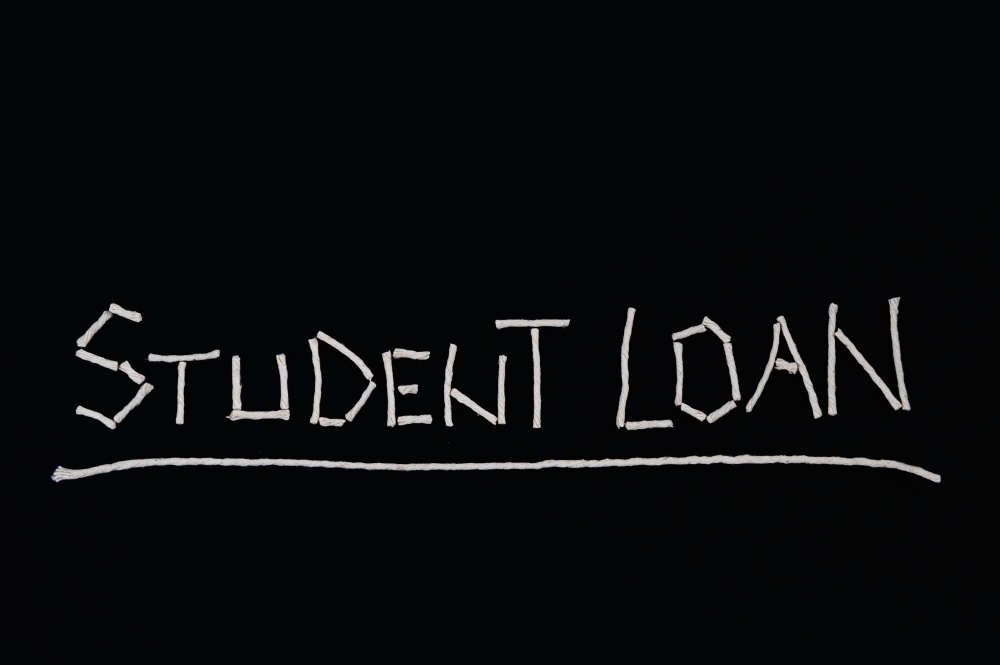For the past several years, there’s been a lot of debate in congress over the interest rates on federal student loans. What used to be a 6.4 percent interest rate on loans like the Stafford Loan or subsidized federal student loans was set at a 3.8 percent interest rate for a while. This month however, interest rates bounced up to about 4.6 percent. Why so much change? Under the new federal student loan rules, loan rates are no longer fixed. The loan rates are now set each year based on the 10-year Treasury note rates from the previous spring. Even though these rates change year to year, the rate remains the same for the lifetime of the loan. So if you borrow a federal Stafford loan during a 3.8 percent interest year, your loan will stay at that rate no matter how rates fluctuate.
So this is all good news, right? Sure, student loan rates are no longer fixed to a specific percentage and they’re certainly much lower than 6.8 percent. But while that may feel like a small “win” for student borrower advocates and those who are already tens or hundreds of thousands in debt, interest rates are actually the least-important part of the student loan debate. Yet this is what gets the most attention in the news because it’s one of the only things that Congress has power to control in the student debt debate.
Those federal student loan interest rates? In the grand scheme of the student debt crisis, they don’t matter. Sure, if you’re already in debt and have tens or hundreds of thousands of dollars in student loans, your interest rates matter very much: each extra percentage point on your interest rate means extra money all the more money you’re paying to get out of debt. But changing the student loan interest rate isn’t going to help millions of students who still have to borrow tens of thousands of dollars for exceedingly more and more expensive education. Lower interest rates are a temporary solution to a larger problem: an education industry that’s over-priced and a generation of students that are overly-indebted.






















